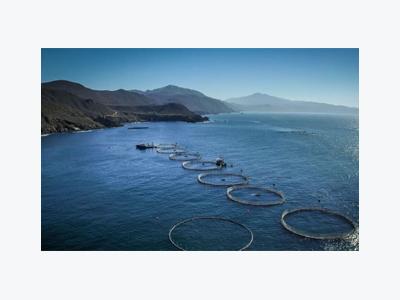Mexico to invest at least USD 50 million in mariculture

The Mexican government has pledged to invest tens of millions of dollars into growing its mariculture industry, according to an announcement made in advance of the 2017 Offshore Mariculture Conference.
According to a press release announcing the conference, Mexico has committed USD 50 to 70 million (EUR 46.5 to 65.1 million) to infrastructure and initiatives to support mariculture in the Central American country.
“The Mexican government believes that mariculture offers an unrivaled opportunity for efficient and sustainable food supply, with modest costs and low environmental impact,” the announcement said. “The federal and regional governments of Mexico have partnered with the established Offshore Mariculture Conference…to promote this investment and commitment to the industry.”
The conference is taking place 6 to 10 March, 2017, in Ensenada, Baja California, Mexico. It will focus on the growth of aquaculture and mariculture in Mexico, and specifically the development of farming techniques and locales for striped bass, bluefin tuna, mussels and abalone.
The conference will be chaired by Mexican National Institute for Fisheries (INAPESCA) Director General Pablo Arenas Fuentes. Other speakers at the event include Michael Rubino, dorector of NOAA’s Office of Aquaculture; Neil Sims, co-founder and co-CEO of Kampachi Farms LLC and Ocean Stewards Institute president; University of New Hampshire professor and small-scale aquaculture expert Michael D. Chambers; Archer Daniels Midland Director of Animal Research Alejandro Buentello; and Duk-Hyun Yoon from Aqua-int. Consulting.
Related news
 Australia softens ban on shrimp import
Australia softens ban on shrimp import The Vietnam Trade Office in Australia reported that the Australian Ministry of Agriculture and Water Resources has softened the temporary ban on imports of raw
 New Zealand king salmon farmers prepare for aquaculture boom
New Zealand king salmon farmers prepare for aquaculture boom New Zealand king salmon farmers are experiencing a surge in demand as other key international markets continue to wrestle with sea lice infestations
 Shrimp EMS in Latin America identified
Shrimp EMS in Latin America identified Researchers have identified four strains of Early Mortality Syndrome (EMS) found in Latin American shrimp farms last year.